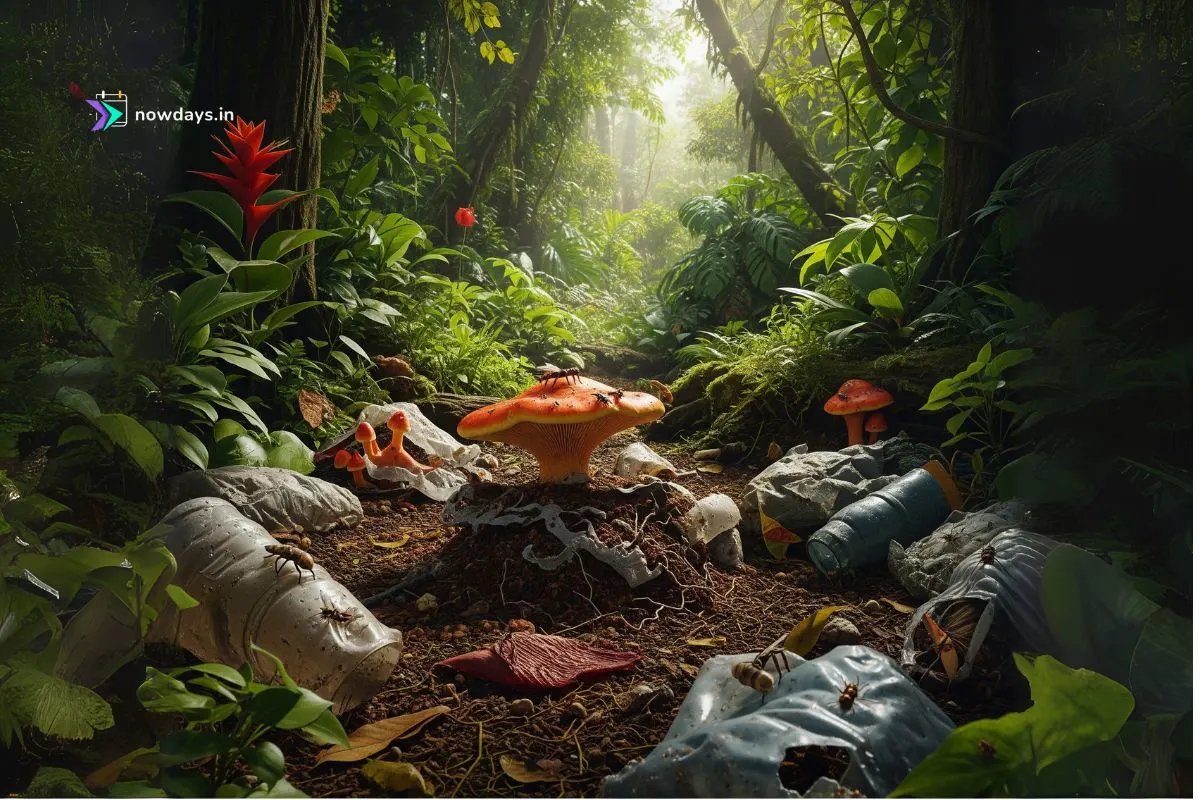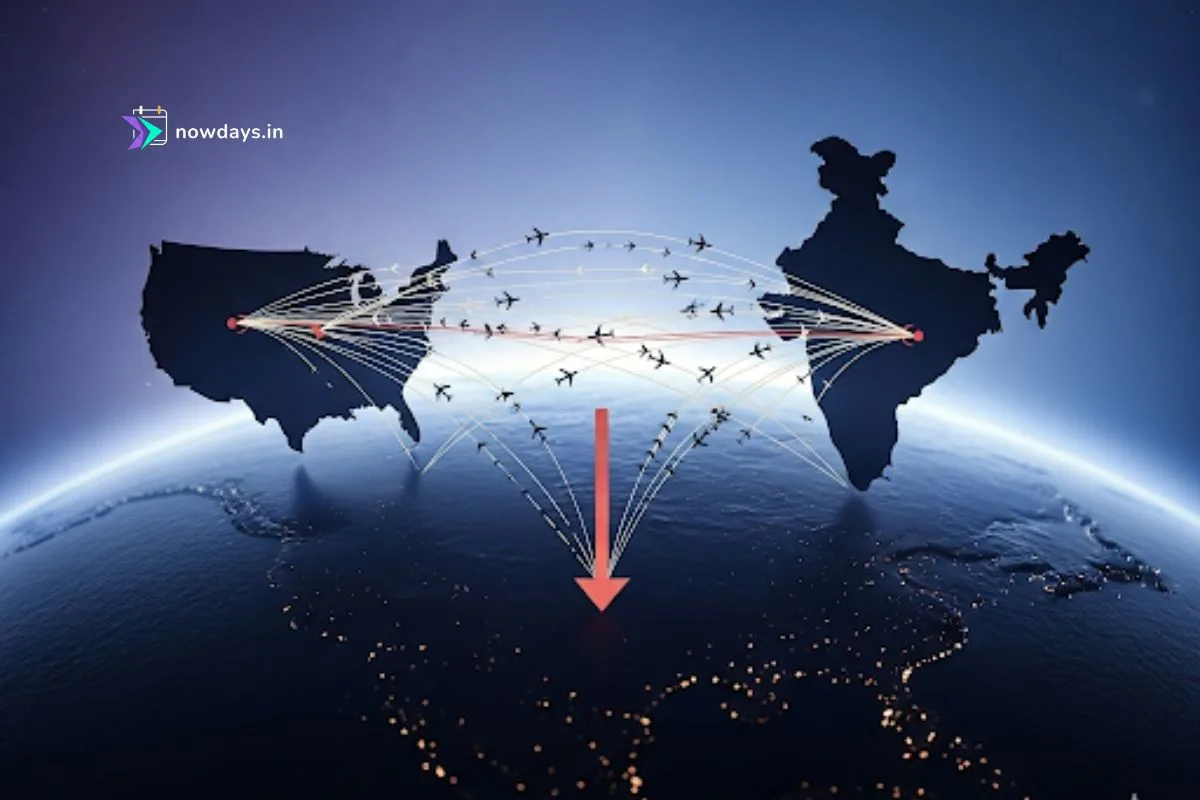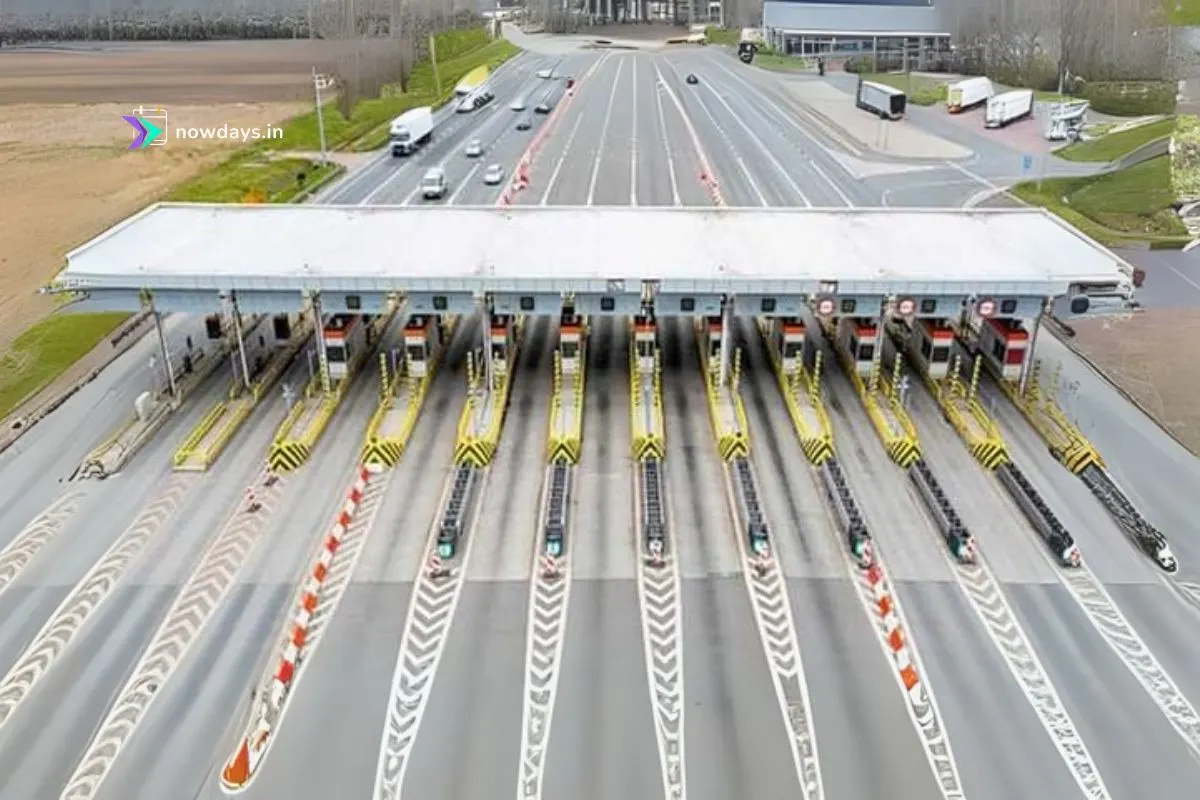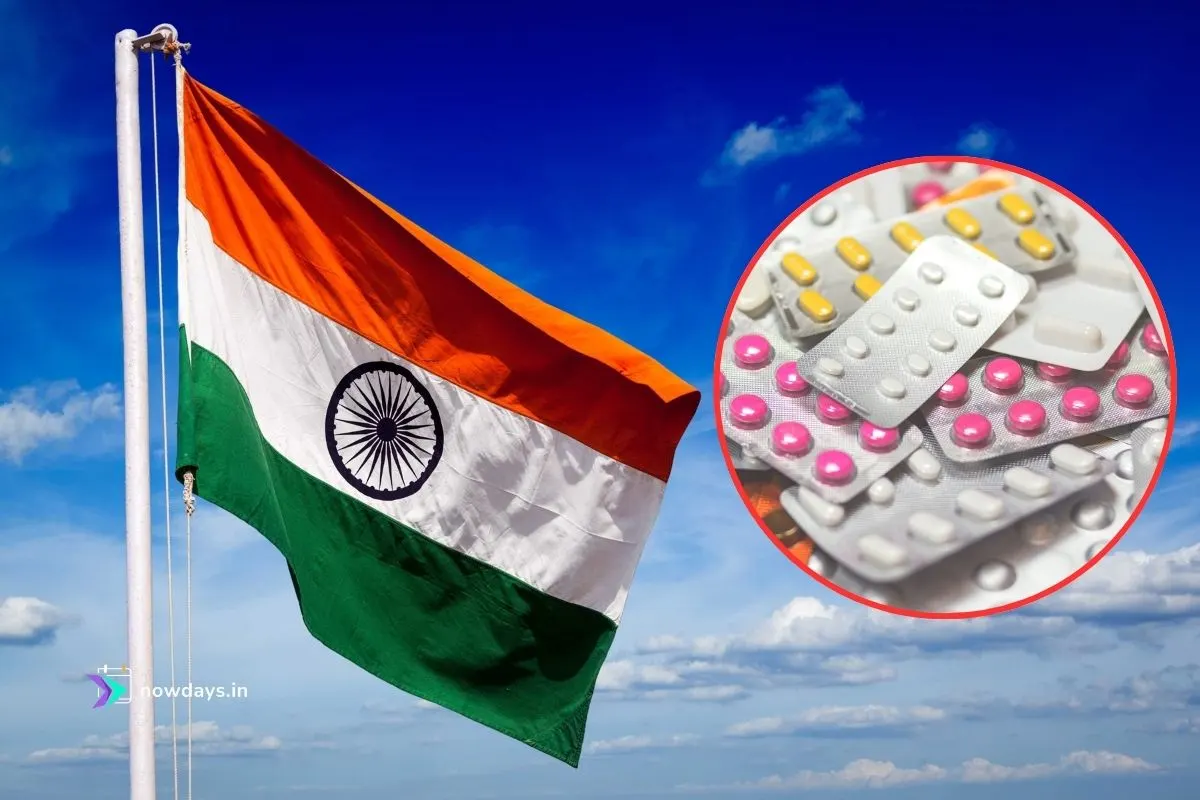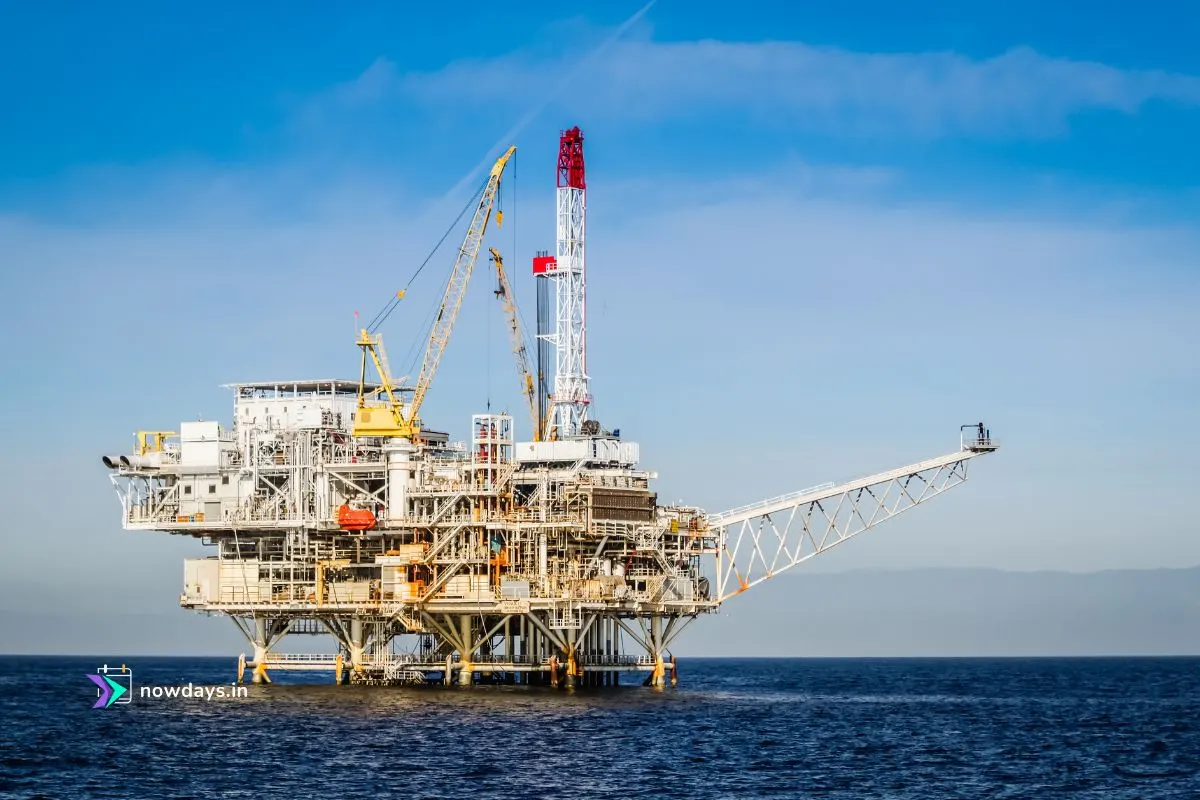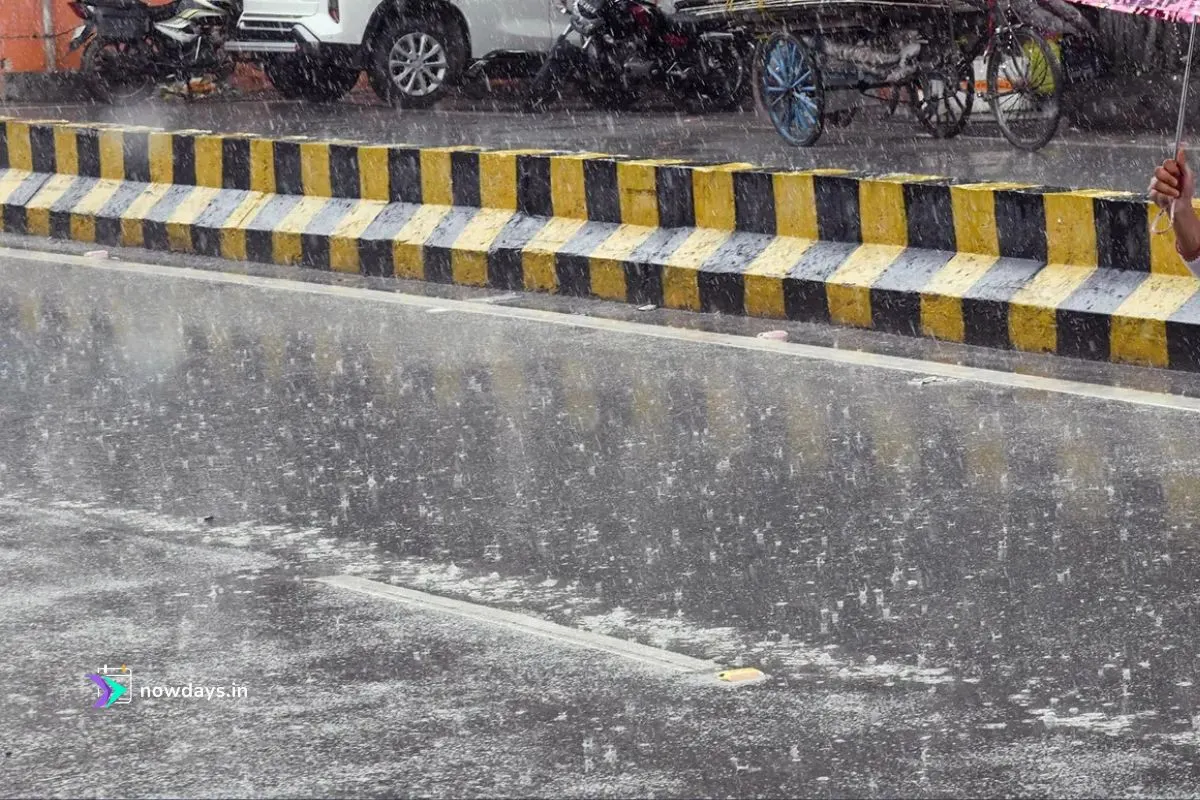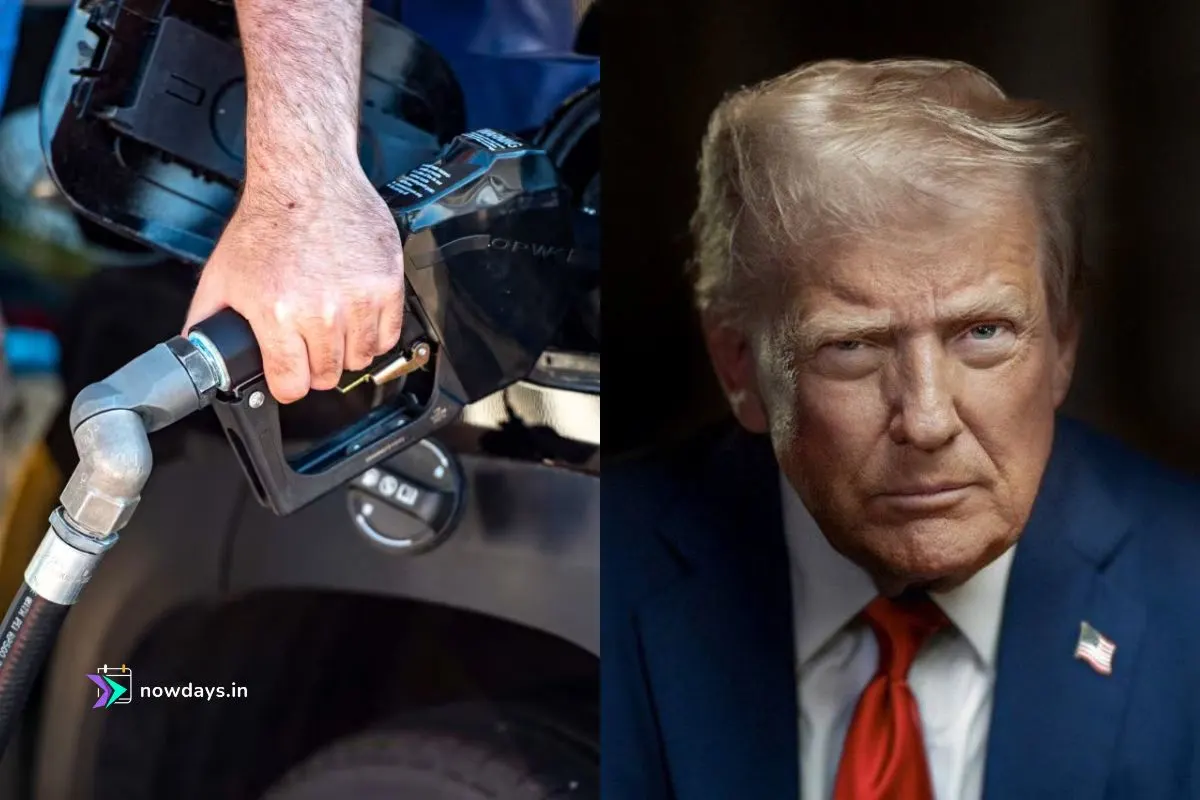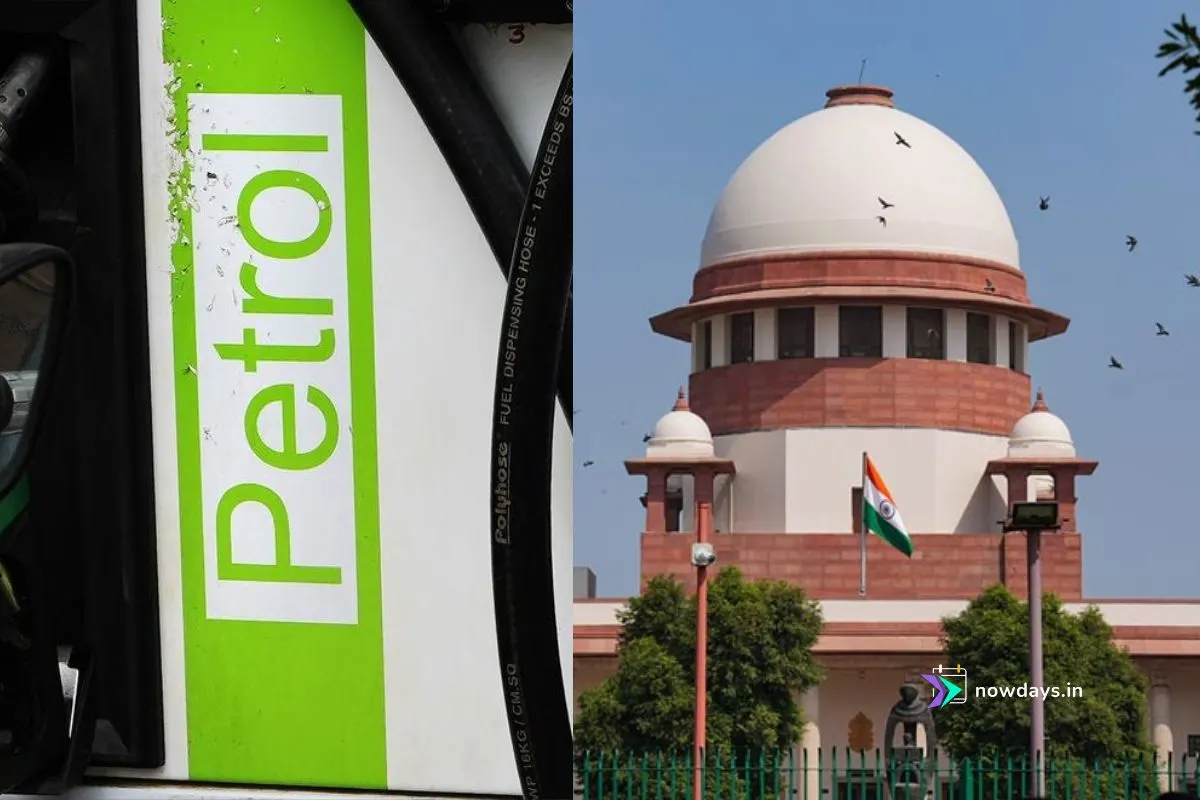Deep in the Ecuadorian Amazon, where biodiversity reaches its zenith, a humble fungus is rewriting humanity’s battle plan against plastic pollution. Discovered over a decade ago, Pestalotiopsis microspora possesses an almost miraculous ability: it feasts on polyurethane plastic—one of our most persistent environmental pollutants—and thrives even in the oxygen-starved depths of landfills . This isn’t science fiction; it’s nature’s elegant solution to a human-made crisis, offering a radical blueprint for healing our planet.
The Rainforest Revelation: Yale’s Groundbreaking Discovery
The story begins in 2011, when Yale University undergraduates ventured into Ecuador’s lush jungles as part of Professor Scott Strobel’s Rainforest Expedition and Laboratory. Their mission? To culture microorganisms from rainforest plants and screen them for novel biological activity. What they found exceeded all expectations: a fungal endophyte, Pestalotiopsis microspora, capable of surviving solely on polyurethane (PUR)—a plastic notorious for persisting in landfills for centuries .
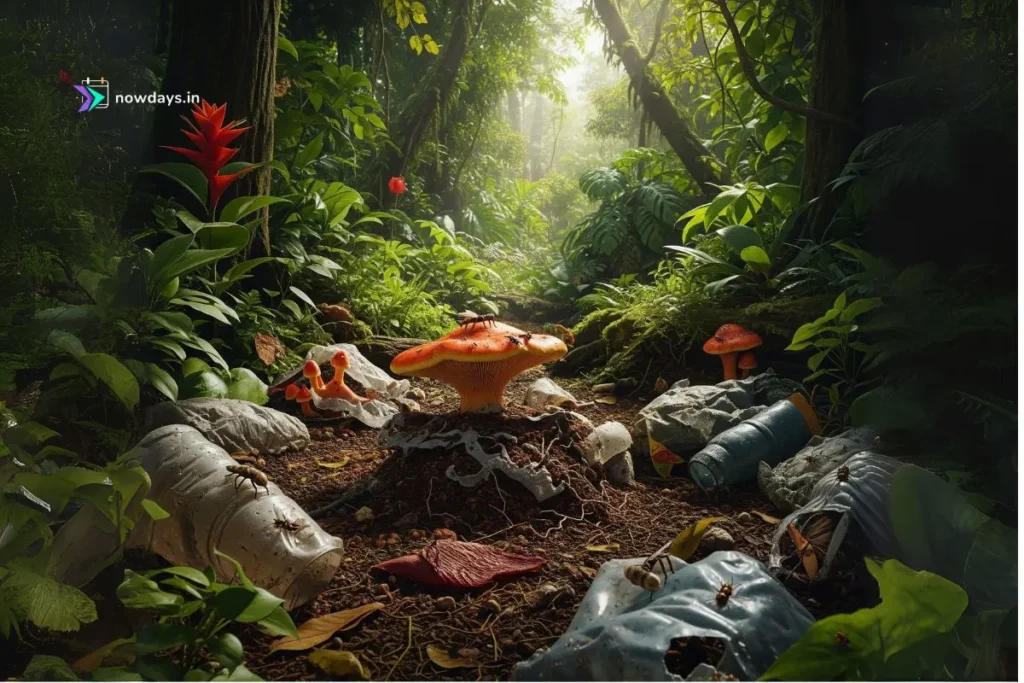
What stunned researchers was its anaerobic superpower. Unlike most decomposers, P. microspora breaks down PUR in oxygen-free environments—precisely the conditions found at the bottom of waste mountains. Jonathan Russell, a key student researcher, identified the enzyme responsible: serine hydrolase, which dismantles PUR’s tough polymer bonds into digestible carbon . As Russell cautiously noted, this was “a modest step towards a very important goal”—a biological key to unlocking plastic waste .
The Science of Plastic Digestion: How Fungi Perform Alchemy
P. microspora isn’t merely breaking plastic down; it’s transforming pollution into life. Through mycoremediation, fungi secrete extracellular enzymes (like laccases and hydrolases) that cleave long-chain polymers into smaller organic molecules. These become food, fueling fungal growth while converting synthetic waste into harmless biomass . This process works on two fronts:
- Aerobic Breakdown: Surface-level plastic degradation in compost or soil.
- Anaerobic Digestion: Subsurface plastic consumption in landfills or marine sediments .
Read more: 7% of Americans Think Chocolate Milk Comes from Brown Cows, Survey Finds
The implications are profound. Polyurethane fills our lives—from furniture foam and insulation to shoes and car parts—and constitutes a massive portion of the 32 million tons of plastic the U.S. discards annually (only 9% recycled) . Traditional disposal involves toxic incineration or eternal burial. Fungi offer a third path: biological circularity.
Table: Key Plastic-Eating Fungi Beyond Pestalotiopsis
| Fungi Species | Plastic Types Degraded | Discovery Context | Unique Capability |
|---|---|---|---|
| Pestalotiopsis microspora | Polyurethane (PUR) | Amazon rainforest (Ecuador) | Anaerobic digestion |
| Aspergillus tubingensis | Polyurethane | Landfill (Islamabad, Pakistan) | Rapid colonization of films |
| Pleurotus ostreatus (Oyster Mushroom) | Polyethylene, Polypropylene | Global forests | Safe edible biomass output |
| Engyodontium album | Polypropylene | Australian research | Complete decomposition in 140 days |
| Parengyodontium album | Polyethylene (UV-treated) | Great Pacific Garbage Patch | Marine plastic mineralization |
From Lab to Landfill: Real-World Applications Taking Root
Innovators worldwide are harnessing fungi’s hunger. Austrian designer Katharina Unger collaborated with Utrecht University to create the Fungi Mutarium: a tabletop system where fungi like Schizophyllum commune and Pleurotus ostreatus grow on UV-sterilized plastic within agar pods (“FUs”). After months, they yield edible, neutral-tasting mushrooms—merging waste reduction with food production .
Meanwhile, companies are scaling solutions:
- Evocative Design: Produces fire-resistant insulation boards (Greensulate) and biodegradable flip-flops from mycelium .
- HIRO Technologies: Developing diapers embedded with plastic-digesting fungi, aiming for backyard compostability by 2026 .
- Ocean Blue Project: Partnering with NASA to deploy marine fungi against ocean plastics, targeting UV-exposed polyethylene in gyres like the Great Pacific Garbage Patch .
In Hawaii, University of Hawai’i researchers made a leap forward: 60% of local marine fungi sampled could degrade PUR. Even more promising, some strains accelerated their plastic consumption by 15% when “trained” over three months .
Challenges & Cautions: The Realities of Fungal Bioremediation
Despite the excitement, hurdles remain:
- Speed vs. Scale: Fungi decompose plastics far slower than human production rates. Some strains take 90 days to degrade 27% of polypropylene .
- Ecological Risks: Releasing non-native fungi could disrupt ecosystems. Could engineered strains consume in-use plastics, like pipes or medical devices? .
- Toxic Byproducts?: While fungi metabolize polymers, research continues into potential microplastic or chemical residues .
- Infrastructure Gaps: Large-scale deployment requires bioreactors, waste pre-treatment, and policy frameworks still in development .
As Dr. Antaya March of the University of Portsmouth cautions, while promising, fungal tech “should not overshadow the imperative need for upstream strategies, primarily legislation aimed at reducing plastic production” .
Ecuador’s Dilemma: Biodiversity Riches vs. Resource Extraction
The discovery spotlights a bitter irony: the very rainforest harboring P. microspora sits atop Ecuador’s oil reserves. In 2007, President Rafael Correa proposed that wealthy nations pay Ecuador $3.6 billion to avoid drilling in Yasuní National Park—a UNESCO biosphere reserve. The initiative collapsed after raising just $13 million, forcing a brutal choice between conservation and poverty alleviation .
For Indigenous Kichwa communities like Sana Isla, this tension is visceral. As oil companies push into ancestral lands, sisters Blanca and Innes Tapuy embody the conflict—one vowing to resist drilling unto death, the other seeing petrodollars as vital for survival . Protecting fungal solutions demands reckoning with these global inequities.
The Future Is Mycelial: How You Can Engage
Fungal bioremediation isn’t a silver bullet, but part of an eco-intelligent toolkit against pollution. Here’s how to support this revolution:
- Demand Policy Action: Advocate for the Global Plastics Treaty to cap production while funding bioremediation research .
- Build Home Kits: Grow oyster mushrooms (Pleurotus ostreatus) on sterilized plastic waste using cardboard/straw substrates (use gloves/masks; do not consume output) .
- Support Ethical Brands: Choose mycelium leather from Stella McCartney, Adidas, or Hermés over synthetic plastics .
- Protect Rainforests: Donate to groups preserving biodiversity hotspots where undiscovered solutions may wait.
The Amazon’s plastic-eating fungus is more than a scientific marvel—it’s a testament to nature’s resilience. In a billion-year-old kingdom that predates trees, fungi remind us that life adapts, innovates, and endures. Harnessing P. microspora demands humility: we must reduce plastic at its source, honor ecosystems holding such wisdom, and recognize that our greatest pollution solutions may grow quietly in the shadows of the rainforest floor. The feast has begun; it’s time we let nature clean up.
